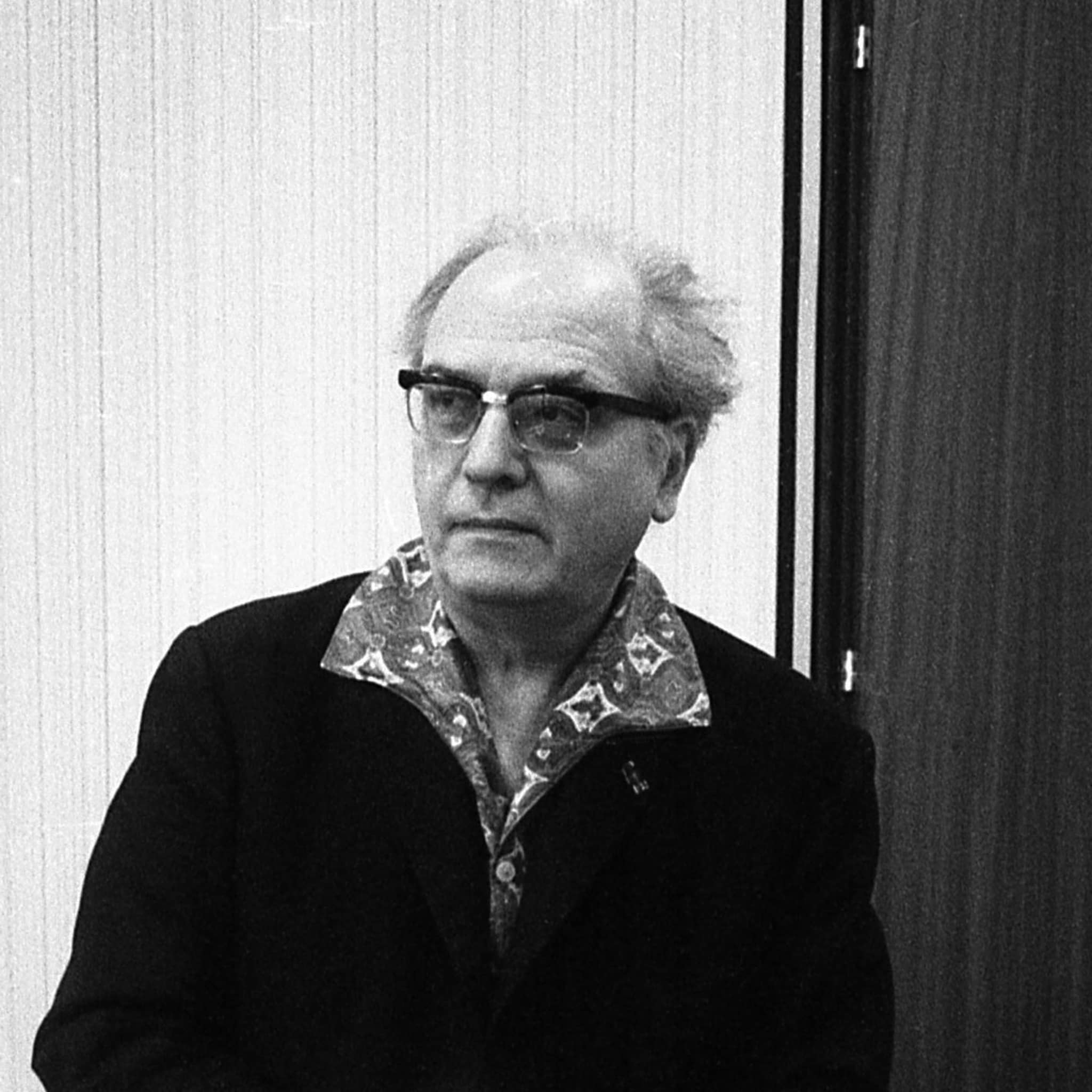Album insights
The music in this recording originates mainly from four Italian dance treatises from the late 16th and early 17th centuries: two by Fabritio Caroso, one each by Cesare Negri and Livio Lupi. Also featured are harpsichord dances from publications by Antonio Gardane, Antonio Valente, Giovanni Maria Radino, and Giovanni Picchi, adaptations of ensemble pieces by Mainerio, and an arrangement of a vocal piece by Giovanni Gastoldi. Other contemporary sources were consulted for comparison purposes, listed after each piece.
These treatises provide the music in lute tablature along with the melody and occasionally the bass line notated on staff systems. Observing these parts initially does not give a template for playing with two or three instruments. However, since the melody notated on staff systems is almost always doubled in lute tablature, the editor likely aimed to offer only rough guidelines for the music through alternative forms of notation. The goal was to teach dancers to dance, not to provide a complete score for a dance ensemble. The adaptations for this program were made by the Broadside Band based on the original sources.
Even though the treatises were intended for the nobility and the wealthy, the music contained within varies greatly in character—from long, fully developed dances in two, three, or four sections like the "balletti Celeste Giglio" and "Alta Carretta" to the catchy, folk-sounding melodies of "Allegrezza d’Amore" and "La Nizzarda." The composers remain unknown, and it is possible that the authors of the treatises were involved in some way with the musical settings. As noted by Anne Daye, dance masters at that time were also musicians. Nine of the dances (marked with an asterisk) were played with repetitions according to the dance instructions—resulting in the forty-two passages of "Il Canario"!
The keyboard pieces (originating from or arranged by the composers mentioned in relation to the sources) were created between 1551 and 1621, spanning seventy years, yet show little stylistic evolution. The melody is supported by chords mostly played in root position, resulting in block chords full of parallel fifths. This style generates strong resonances on the harpsichord, making all the pieces very danceable with great rhythmic vitality—in contrast to the elaborate English keyboard style emerging at the same time, with its intricate embellishments and counterpoint often masking any dance origins. Many of the dances presented here rely on a familiar basso ostinato or chord progression from the era, with the ubiquitous "passamezzo antico" being the most well-known. Translation: Anne Steeb/Bernd Müller







